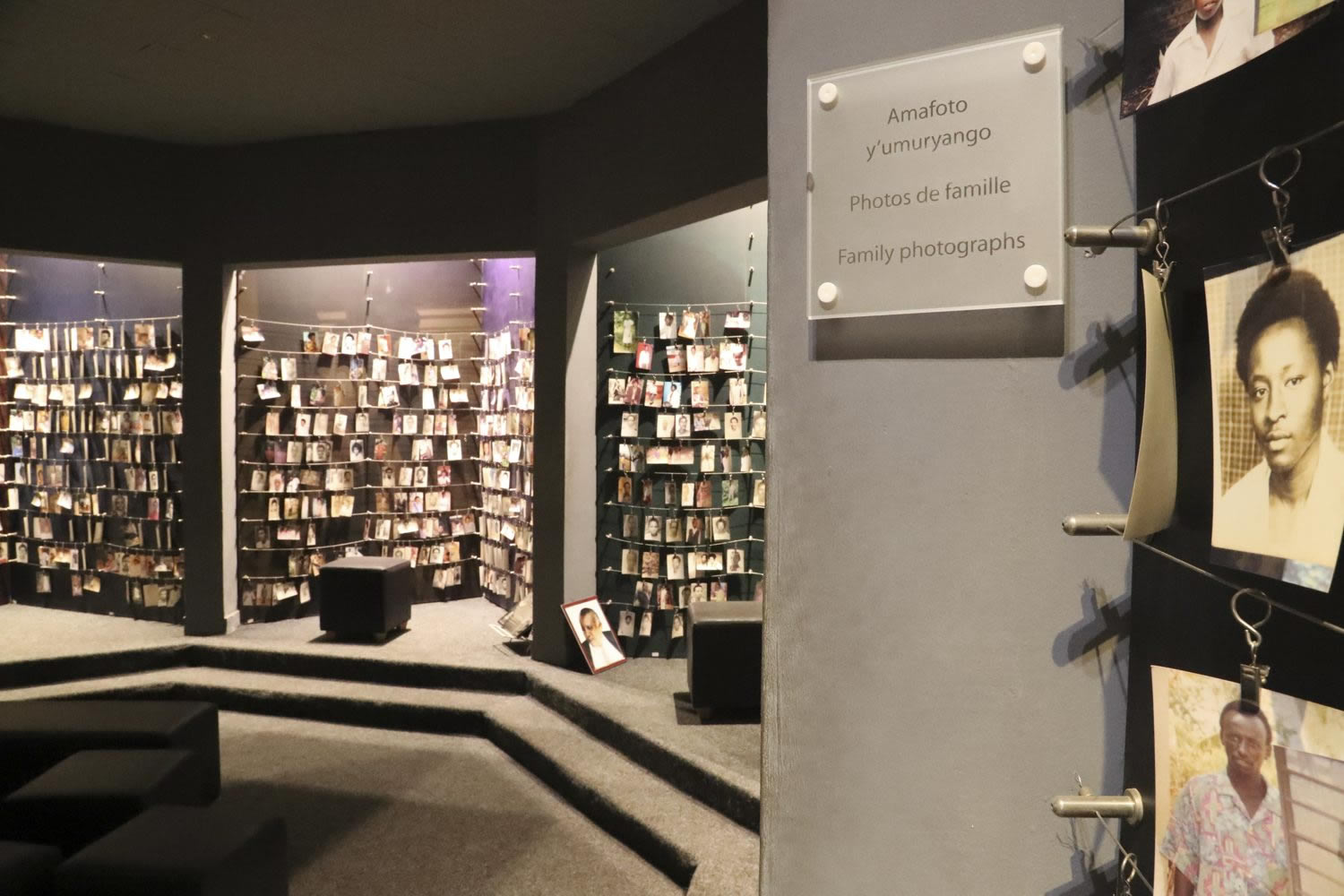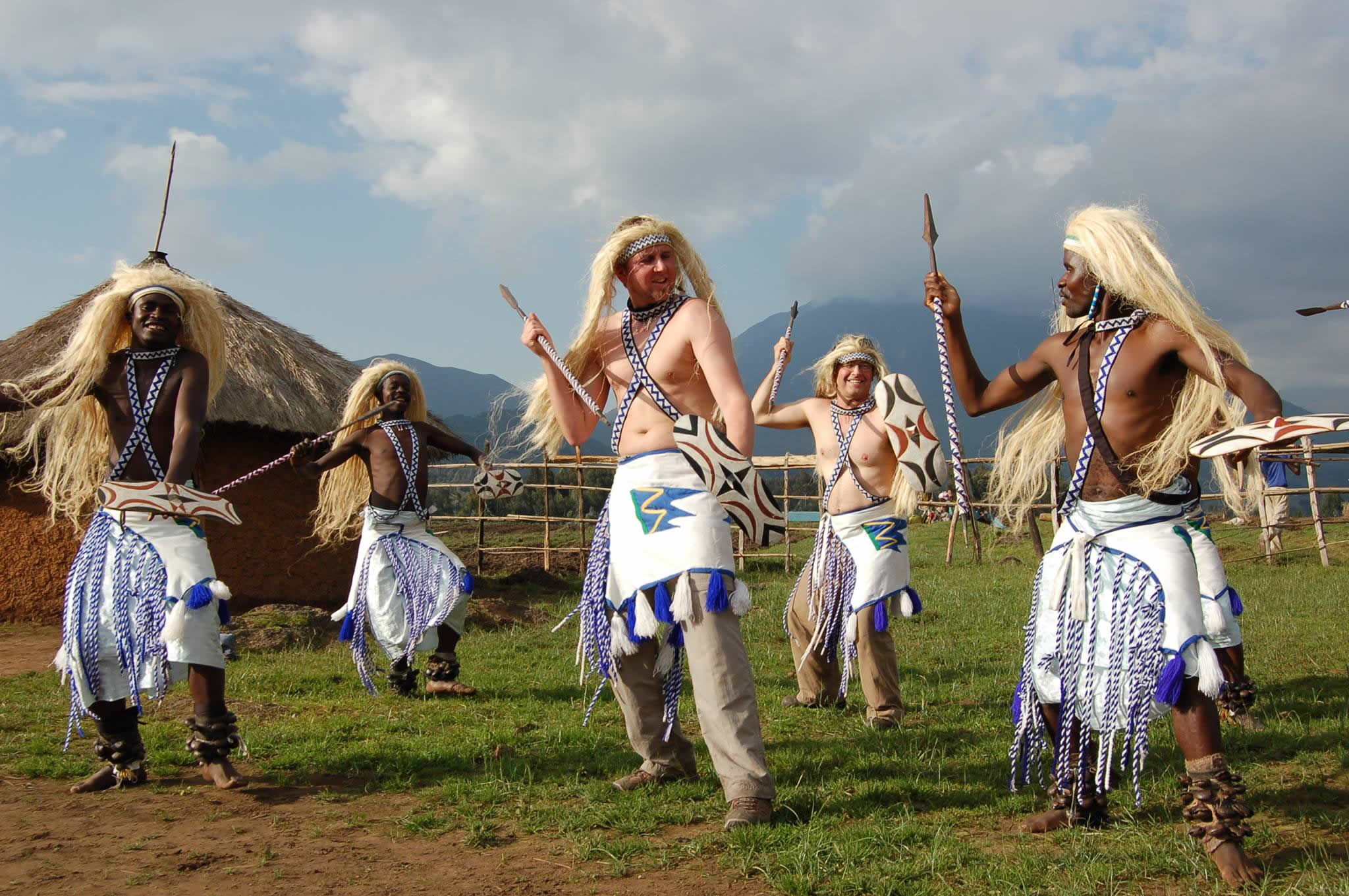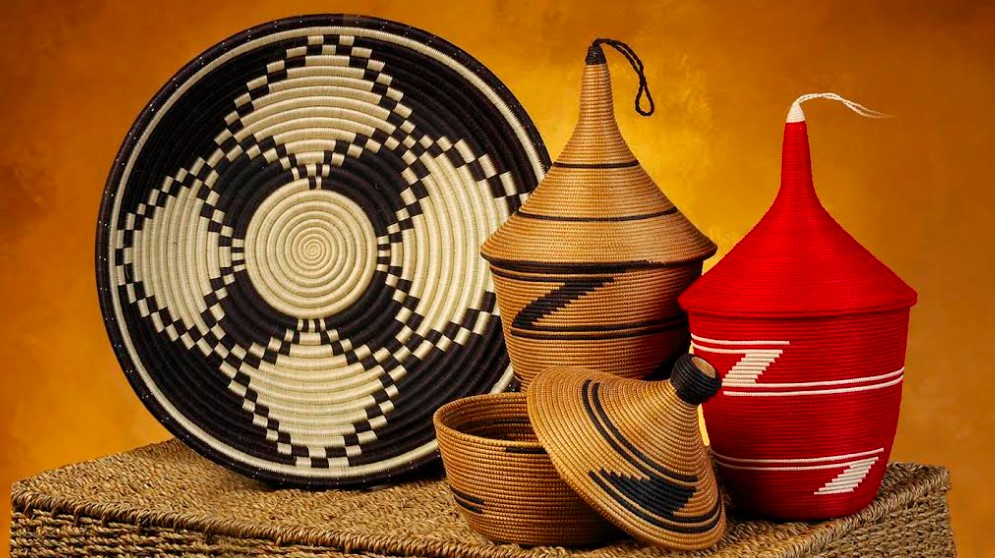Rwanda Cultural Experiences
Rwanda has a rich and well documented cultural history. Far from being clearly distinct tribes, the Hutu and the Tutsi who comprise the majority of the population, speak the same language (Kinyarwanda) and have always intermarried and lived and worked together on the same fertile hillsides. They traditionally paid tribute to the same king and followed the same traditional belief system before Europeans arrived.
Rwanda is built on strong traditions that originate from the Ancient traditions of honour and hospitality, it is no doubt that many travellers are curious to discover the much narrated Rwandan culture to meet up with unique people, relate to their lives and get introduced to the different customs and traditions of the locals. Below are some of the interesting cultural sites to visit in Rwanda that you can discover, explore and relate on your Rwanda cultural tour

Kigali Genocide Memorial Visit
The genocide memorial in Kigali is included on every city tour and is a must-see. Rwanda’s painful past has haunted the country for years; however, their impressive recovery story has turned them into inspiration. The genocide memorial acts as a humbling reminder to those present and honours those lost. This is a worthwhile visit for travellers who want to gain insight into the history of genocide in rwanda; it will also help travellers appreciate how far Rwanda has come. |

Amasunzu
Amasunzu is a traditional Rwandan hairstyle that was once worn by men and women. The unique style is created by cutting some of the hair sideways and braiding the top. A person who had this hairstyle was identified as powerful, noble, prestigious and brave. Amasunzu hairstyle made a come back in 2018 when Lupita Nyong’o wore it on the red carpet at the Oscar. Visit the king’s Palace and the Ethnographic Museum to learn more about Rwanda’s cultural heritage. |

Intore Dancing
The finest displays of Rwanda’s dynamic traditional musical and dance styles are performed by the Intore Dance Troupes. Founded several centuries ago, the Intore, (The Chosen Ones) who performed exclusively for the Royal Court, were given military training and taught the technique of jumping which forms a significant part of the dance. Performed wearing grass wigs and clutching spears this dance is a true spectacle of Rwanda. Live dance performances can be seen at cultural villages, museums and as entertainment at many lodges and hotels across Rwanda. The Gorilla Guardians village in Musanze, and the National Museum of Rwanda have regular performances. |

Rwanda Artisanal Crafts
Weaving and basket making is a traditional art still used today to make dry containers for storing food and medicines. These are also known as peace pots and had traditional values such as to commemorate weddings or as a welcome gift. Pottery is one of the oldest forms of art in Rwanda and can still be seen in many towns today using traditional Batwa techniques. Known for its good quality clay these potteries are still widely used for cooking and storing liquids. |

Imigongo
A distinctively Rwandan craft is the Imigongo or cow dung paintings that are produced by a local co-operative in the village of Nyakarambi near the border with Tanzania. Dominated by black, brown and white whirls and other geometric shapes, these unique and earthy works can be bought in craft markets throughout the country. |
Music and dance play an indispensable role in Rwanda's; everyday life here, and performances range from dashing demonstrations of bravery and prowess to humorous songs, light-hearted dances, and rural artistry with roots in traditional agriculture. Traditional songs are often accompanied by a solitary lulunga — a harp-like instrument with eight strings—while more celebratory dances are backed by a drum orchestra, which typically comprises seven to nine members who collectively produce a hypnotic and exciting explosion set of intertwining rhythms.